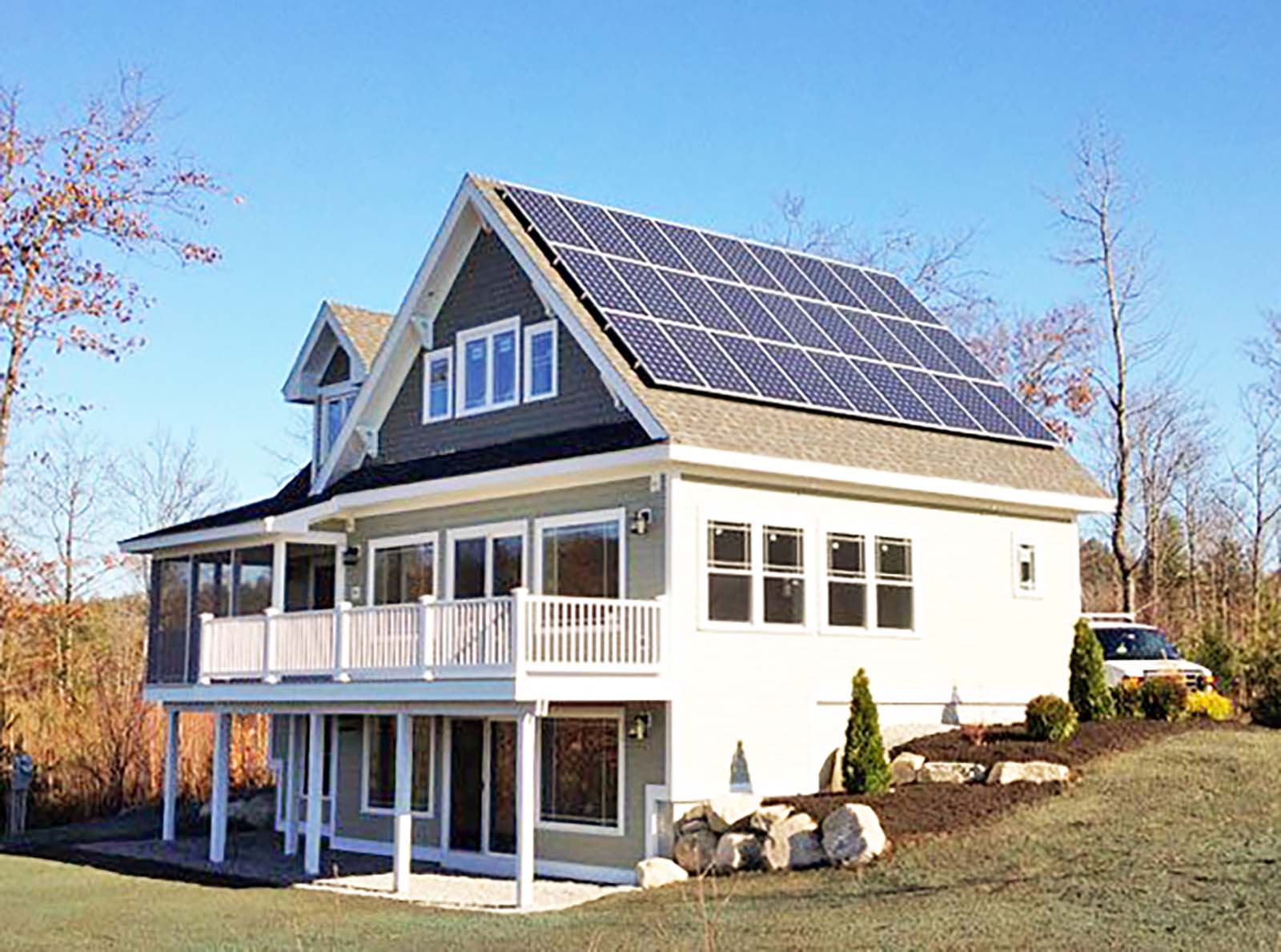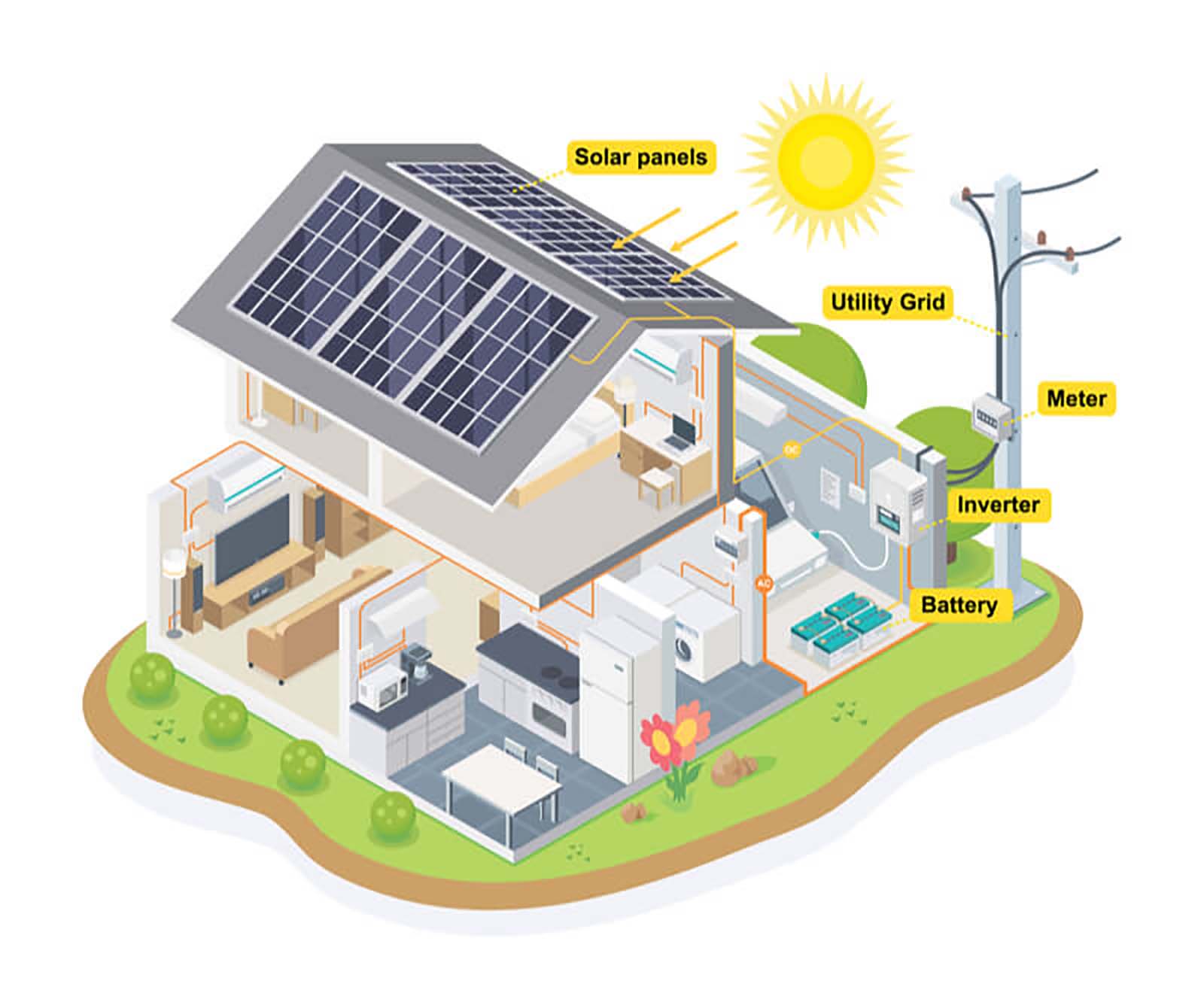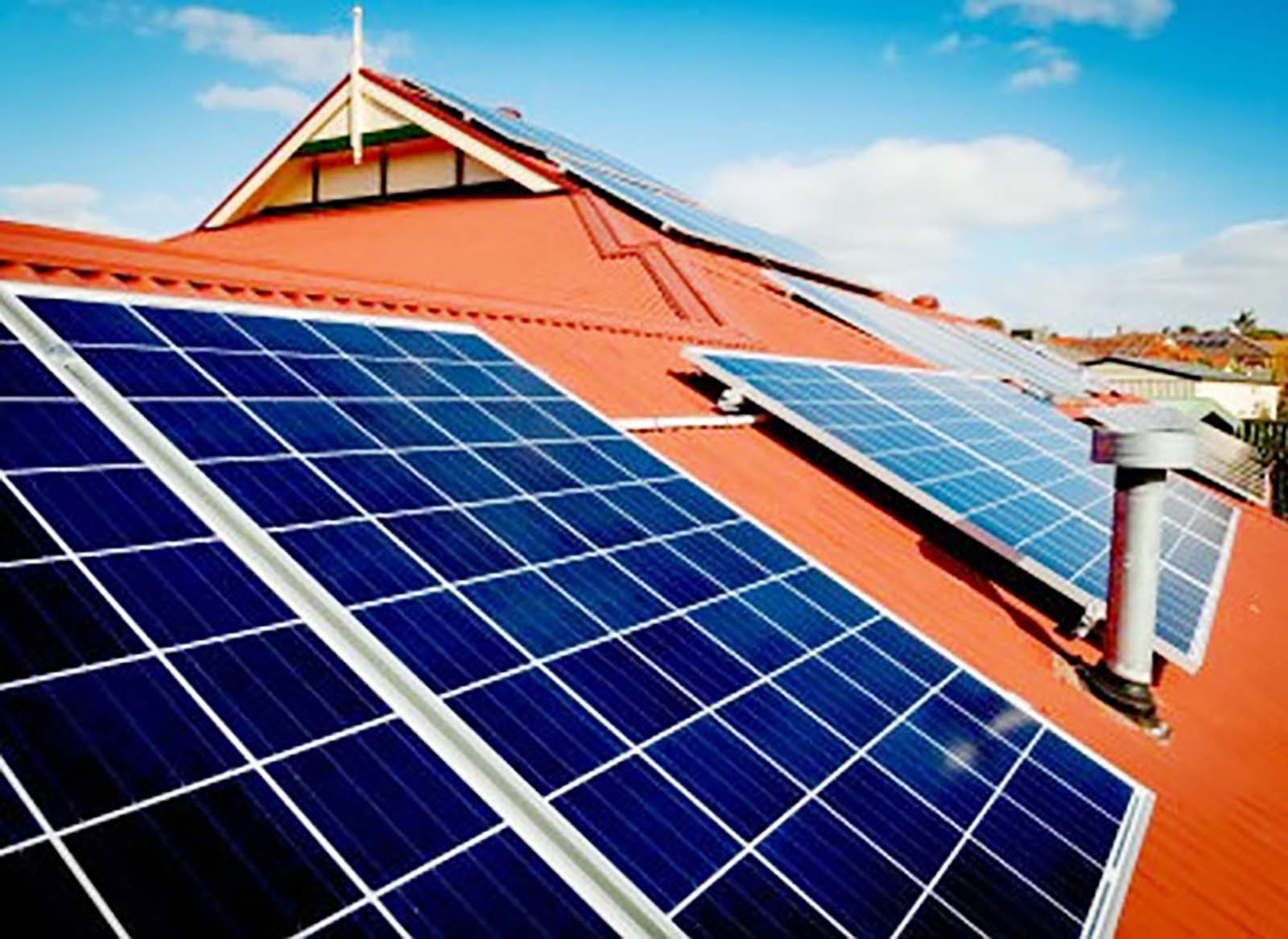How Much Does a 10kW Solar System Produce Per Day?
Introduction
Solar energy has gained significant popularity as a sustainable and environmentally friendly alternative to traditional electricity sources. In recent years, many homeowners have been considering solar systems for their energy needs. One common question that arises is, “How much does a 10kW solar system produce per day?” In this article, we will explore the answer to this question in detail.

The Basics of a 10kW Solar System
Before delving into the daily production capacity of a 10kW solar system, it is essential to understand the system itself. A 10kW solar system consists of solar panels, an inverter, and a mounting structure. These panels generate electricity from sunlight by employing the photovoltaic effect. The electricity produced by the solar panels is then converted into a usable form by the inverter. The mounting structure ensures the proper positioning and orientation of the panels for maximum efficiency.
Daily Production of a 10kW Solar System
On average, a 10kW solar system can produce around 40-50 kilowatt-hours (kWh) of electricity per day, depending on various factors. These factors include geographic location, seasonal variations, tilt and angle of the panels, shading, and weather conditions. It is important to note that this estimation is based on optimal conditions and does not account for potential energy loss due to system inefficiencies or external factors such as dust or debris on the panels.
Geographic Location
The location of the solar system plays a crucial role in its daily production capacity. Areas with ample sunlight throughout the year, such as the southwestern regions of the United States, are more conducive to higher production. Conversely, regions with less sunlight or frequent cloud cover may experience reduced daily output.

Seasonal Variations
The time of the year also affects the energy production of a 10kW solar system. During summer months when daylight hours are longer, the system may generate more electricity compared to shorter winter days. Additionally, seasonal variations impact the angle of the sun, which can influence the efficiency of solar panels.
Panel Orientation and Shading
Proper panel orientation and minimal shading are vital for optimal energy production. Ideally, the panels should face south in the Northern Hemisphere or north in the Southern Hemisphere to capture the maximum amount of sunlight. Shading from nearby trees, buildings, or other obstructions can significantly reduce the system’s performance.
Weather Conditions
While solar panels can generate electricity even on cloudy days, their output is considerably lower compared to sunny days. Overcast skies or heavy rain can decrease the energy production of a 10kW solar system. However, it is important to remember that solar panels can still generate electricity in less optimal weather conditions.

Conclusion
In conclusion, a 10kW solar system can produce an average of 40-50 kWh of electricity per day, subject to various factors. Geographic location, seasonal variations, panel orientation, shading, and weather conditions all impact the daily production capacity of the system. It is recommended to consult with a solar energy professional to assess these factors and determine an accurate estimate of energy production for a 10kW solar system in a specific location. Embracing solar energy can not only help reduce electricity bills but also contribute to a greener and more sustainable future.




